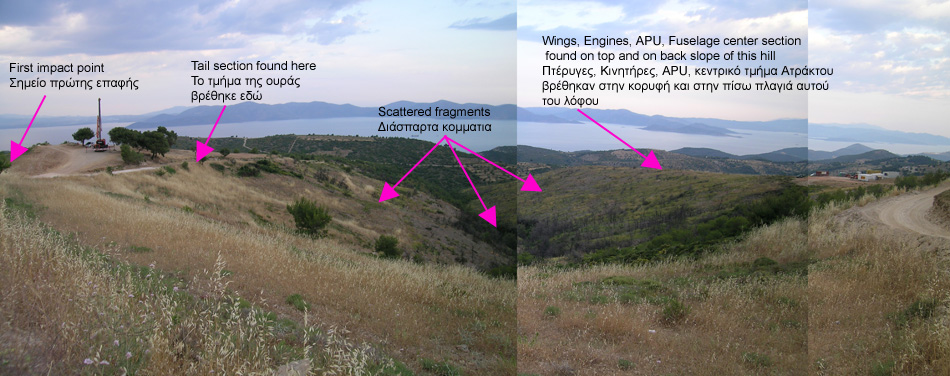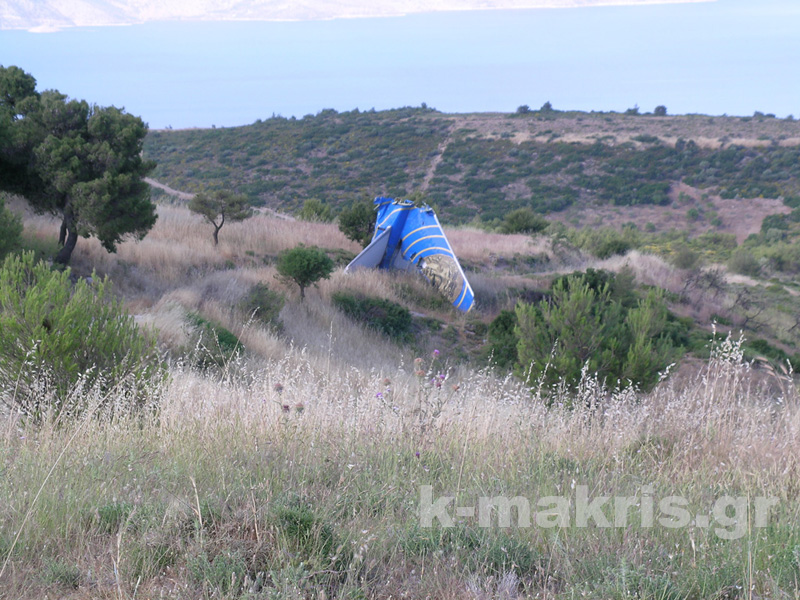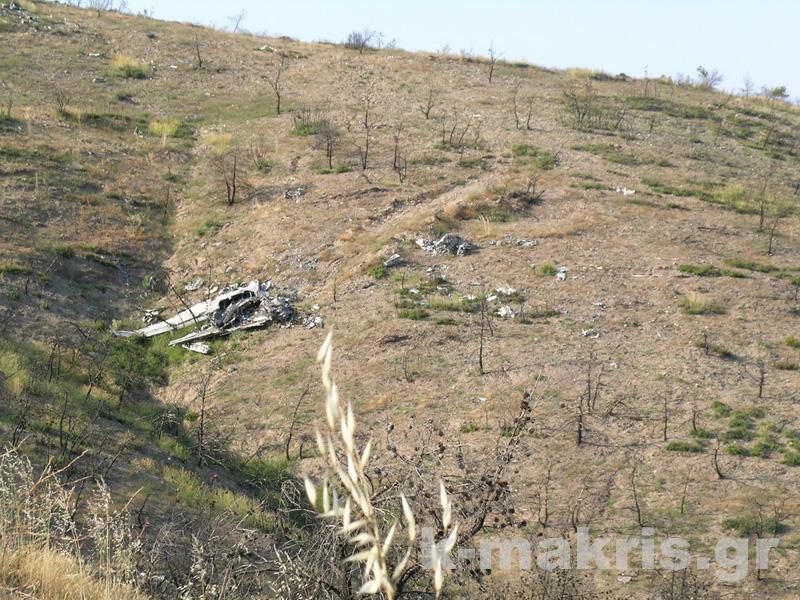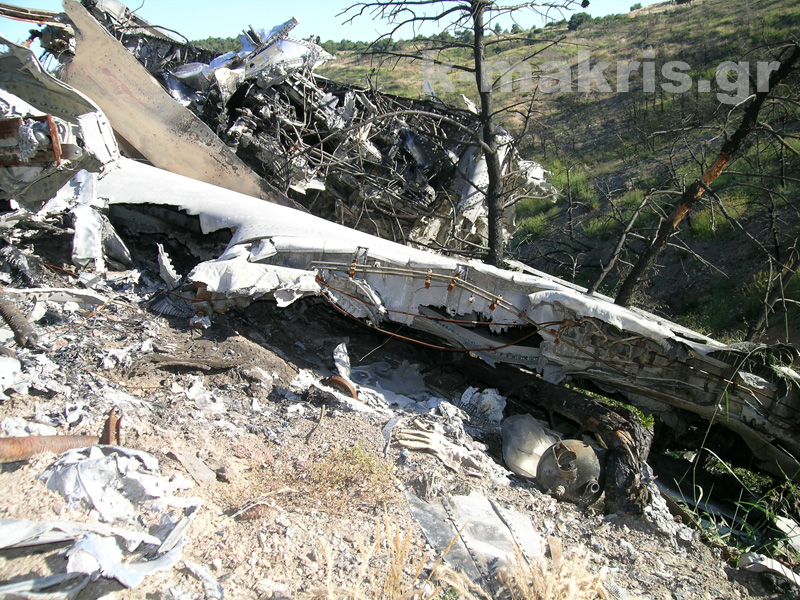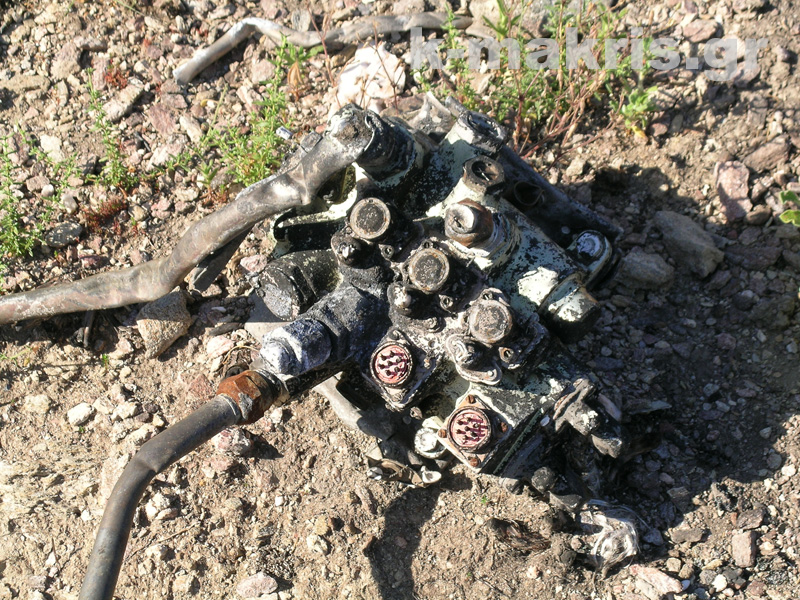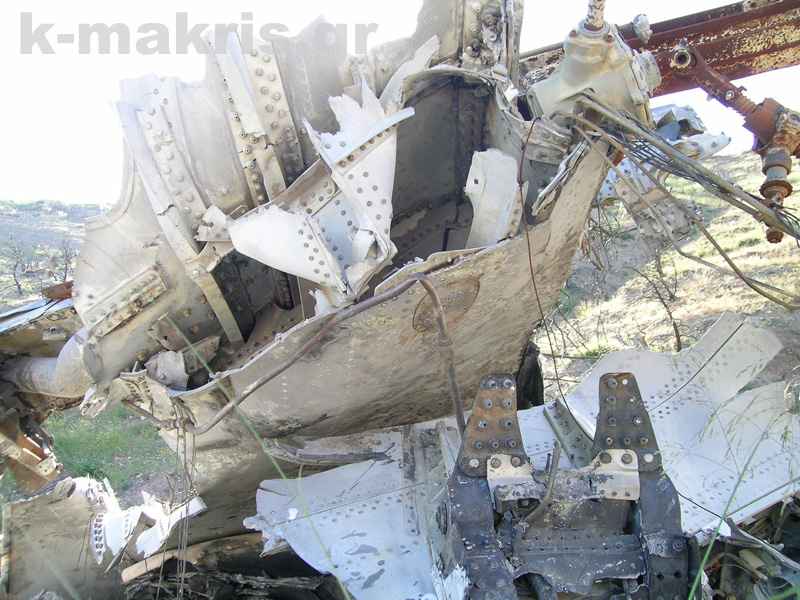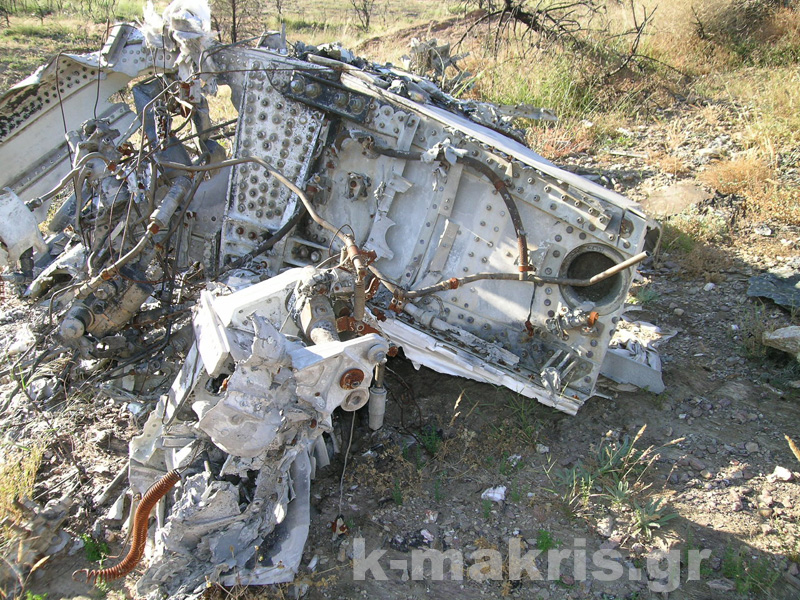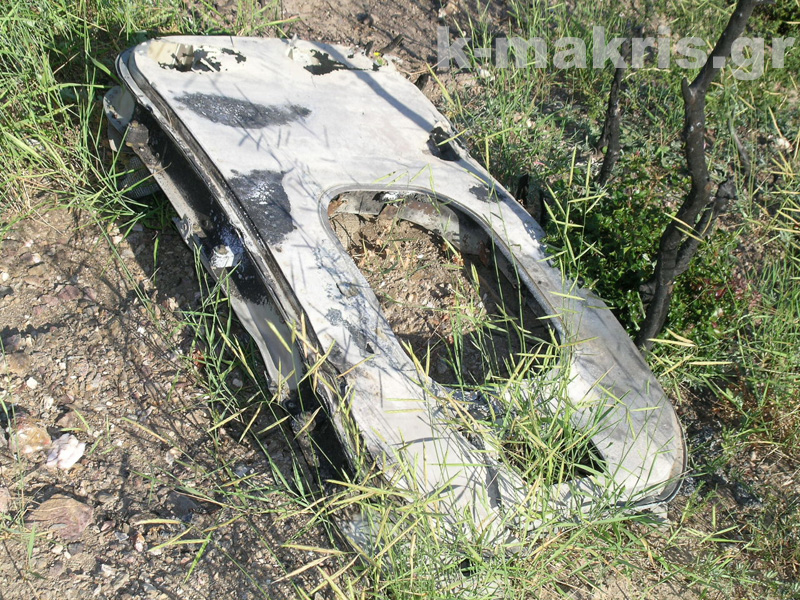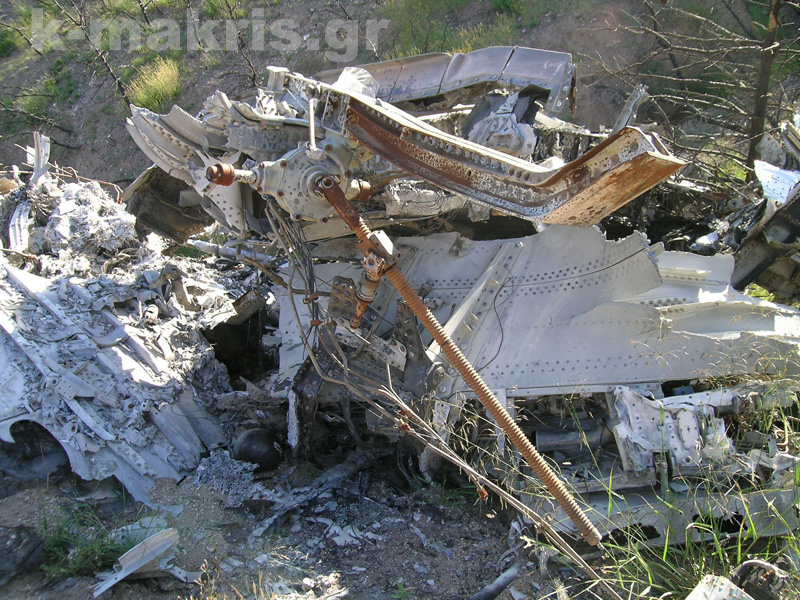Accident Investigation Report of Helios Airways flight HCY522 of 14d Aug. 2005
All information contained in this page, are coming exclusively and only from the accident investigation report, which carried out by “The Accident Investigation and Aviation Safety Board” under the supervision of Mr. Akrivos D. Tsolakis.
The photos which follow, have been taken by the web site owner Kostas Makris, one year after the accident took place, without disturbing or altering anything at the accident site.
Use or reproduction of any photo is forbidden without permission. All photos are available in high resolution and any one interested is kindly requested to contact me at : makris63@yahoo.com
According to the accident report synopsis :
On 14 August 2005, a Boeing 737-300 aircraft, registration number 5B-DBY, operated by Helios Airways, departed Larnaca, Cyprus at 06:07 h for Prague, Czech Republic, via Athens, Hellas. The aircraft was cleared to climb to FL340 and to proceed direct to RDS VOR.
As the aircraft climbed through 16 000 ft, the Captain contacted the company Operations Centre and reported a Take-off Configuration Warning and an Equipment Cooling system problem. Several communications between the Captain and the Operations Centre took place in the next eight minutes concerning the above problems and ended as the aircraft climbed through 28 900 ft.
Thereafter, there was no response to radio calls to the aircraft. During the climb, at an aircraft altitude of 18 200 ft, the passenger oxygen masks deployed in the cabin. The aircraft leveled off at FL340 and continued on its programmed route.
At 07:21 h, the aircraft flew over the KEA VOR, then over the Athens International Airport, and subsequently entered the KEA VOR holding pattern at 07:38 h. At 08:24 h, during the sixth holding pattern, the Boeing 737 was intercepted by two F-16 aircraft of the Hellenic Air Force.
One of the F-16 pilots observed the aircraft at close range and reported at 08:32 h that the Captain’s seat was vacant, the First Officer’s seat was occupied by someone who was slumped over the controls, the passenger oxygen masks were seen dangling and three motionless passengers were seen seated wearing oxygen masks in the cabin. No external damage or fire was noted and the aircraft was not responding to radio calls.
At 08:49 h, he reported a person not wearing an oxygen mask entering the cockpit and occupying the Captain’s seat. The F-16 pilot tried to attract his attention without success. At 08:50 h, the left engine flamed out due to fuel depletion and the aircraft started descending.
At 08:54 h, two MAYDAY messages were recorded on the CVR. At 09:00 h, the right engine also flamed out at an altitude of approximately 7100 ft. The aircraft continued descending rapidly and impacted hilly terrain at 09:03 h in the vicinity of Grammatiko village, Hellas, approximately 33 km northwest of the Athens International Airport. The 115 passengers and 6 crew members on board were fatally injured. The aircraft was destroyed. “

